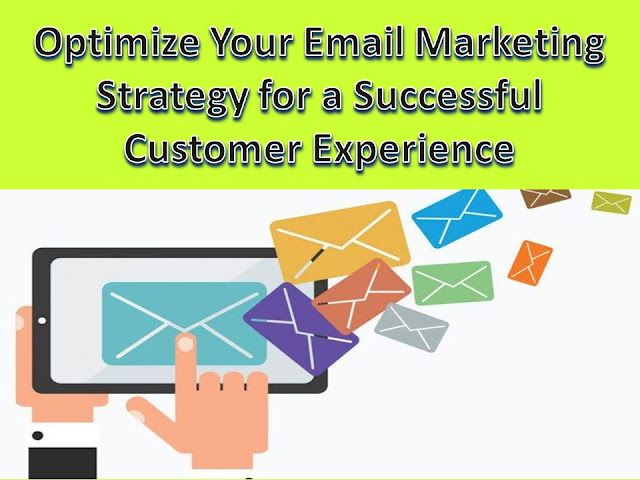strategy is unique, there are common goals: creating a positive and engaging
customer experience, retaining subscribers, and generating revenue. This
also comes under customer experience initiatives. In order to achieve
these goals, marketers must take advantage of each key step in their emailing
program to care for interactions, relationships, and perceptions throughout their subscribers’ journey. Each
emailing program can be broken down into 9 key steps, representing as many
opportunities to create and nurture a successful customer experience.
The Acquisition:-
messages to subscribers, a brand needs to obtain their authorization in the
form of an “opt-in”. The most effective platforms to get the
maximum number of qualified subscribers remain those that the brand directly
manages. Thus, the visitors to the
site of the company or users of their application have already shown their
interest, the brand can then take the opportunity to invite them to engage in
its emailing program.
Welcome Email:-
subscribers “acquired”, it is important to start the exchange of the
right foot. The first message sent is the first impression that will be
made by the new subscriber of the brand and its emailing program. Rather
than adding this contact to a classic mailing list, a personalized approach is
recommended. By sending a welcome email within 24 hours of registration,
the brand optimizes its chances of capturing the attention of its new
subscriber and engaging him in his emailing program. If a welcome email takes
too long to be sent or is not sent, the
brand loses the opportunity not only to engage this subscriber but also to
create a link and make a good first impression.
The basket not validated:-
subscribers need a reminder to purchase. They visited the brand’s website,
identified items that interested them but disconnected before closing the
purchase. Rather than abandoning a potential sale, the brand may send an
unverified cart email or a message containing additional motivation to the
purchase; essential to an effective emailing strategy.
Post-purchase email:-
emailing program is an ongoing relationship with the subscriber. This does
not stop after the act of purchase and the relationship must be
maintained. The brand can then take advantage of a purchase to send a
post-purchase email to its subscribers. These contents – in the form of
transactional emails (confirmation of the purchase or delivery details),
studies … – help to qualify the relationship and to promote commitment, loyalty,
and future purchases.
The crosscanal:-
customers interact with brands in a variety of ways, either by signing up for
an emailing program or by following them on Facebook, Instagram or
Twitter. Including links to social networks in emails has become a good
practice for marketers. Some brands go even further by integrating a
cross-channel approach: encouraging subscribers to share content on their own
social networks, creating a specific hashtag or integrating content generated
by subscribers into the message. This is not only a great way to develop
its content strategy, but also a must to add to its list of subscribers.
Engagement content:-
content such as videos or games is also an effective method of engaging while adding value to the
campaign. Even if the interaction does not translate into sales, it will
always be beneficial to create a positive experience and lay the foundation for
a long-term relationship.
Seasonality:-
possible to optimize the subscriber engagement rate by integrating seasonal
themes into the content strategy. From Valentine’s Day to New Year or
Christmas, holiday seasons and special occasions will make the message more
legitimate and up-to-date, allowing you to reach the inbox and more effectively
attract the attention of recipients.
Re-engagement:-
relationship, a certain distance can sometimes be established between the brand
and the subscriber. It even happens that loyal subscribers disengage from
an emailing program. Even if these subscribers were very active, keeping
them on the mailing list would reduce the sender reputation of the brand and
affect the deliverability of its emails. Before permanently removing a
subscriber from a mailing list, the brand may attempt a re-engagement campaign.
helps to warn subscribers that they will soon be removed from the brand’s
mailing lists if they do not give their consent to receive the
messages. This approach has three goals: to save and re-engage subscribers
who are still interested in the program, to provide a respectful experience to
uninterested subscribers who wish to unsubscribe and identify and delete
inactive addresses.
Unsubscription:-
a subscriber can unsubscribe from a mailing list. When its disengagement
process is initiated, it is preferable to offer other options to the subscriber
than a total unsubscription. Is he no longer interested in the content
proposed by the brand? Does he feel over-solicited? Leaving the
choice to the subscriber to express themselves and change their preferences
will reinforce the brand’s attention to
its subscribers and will potentially maintain this relationship.



